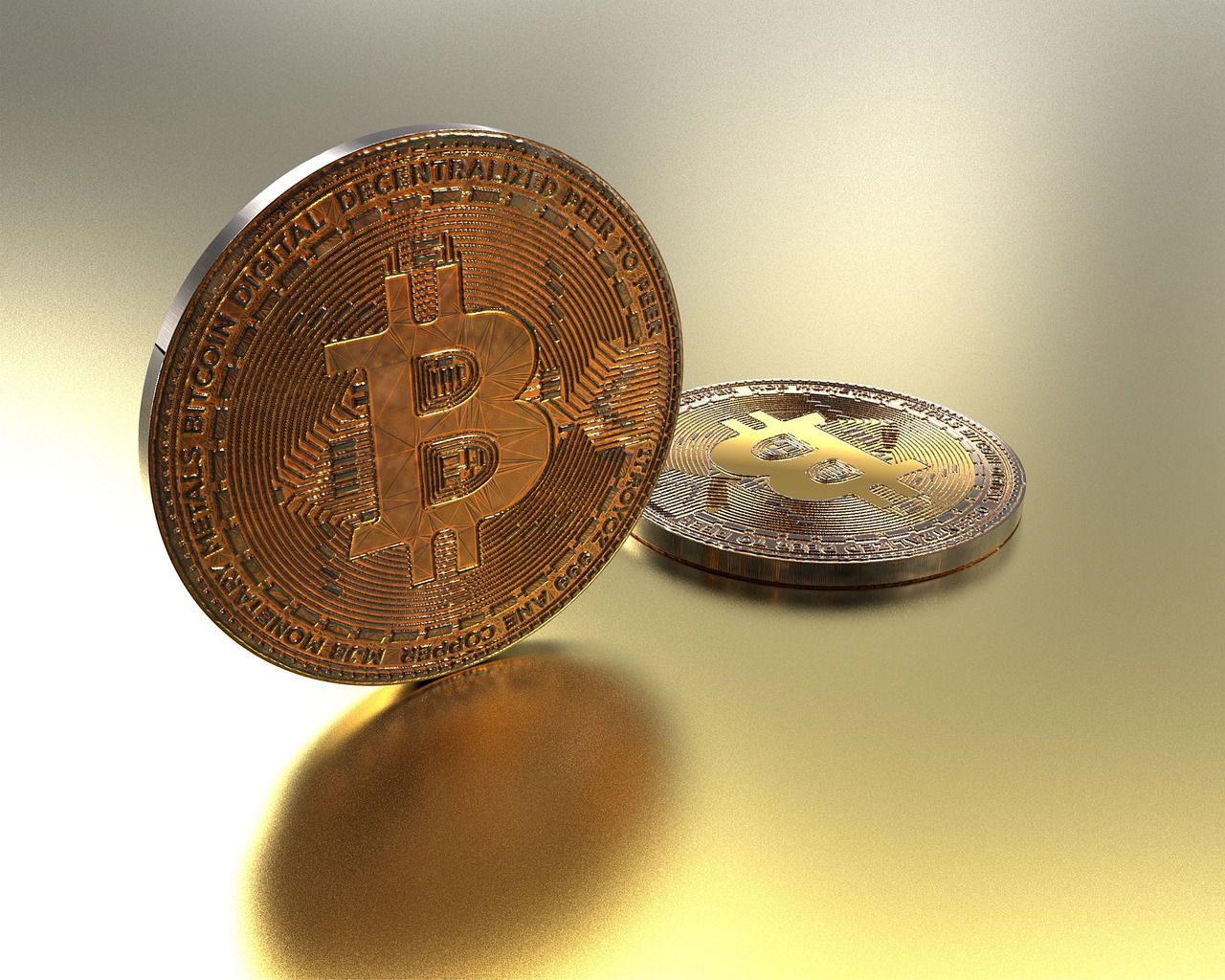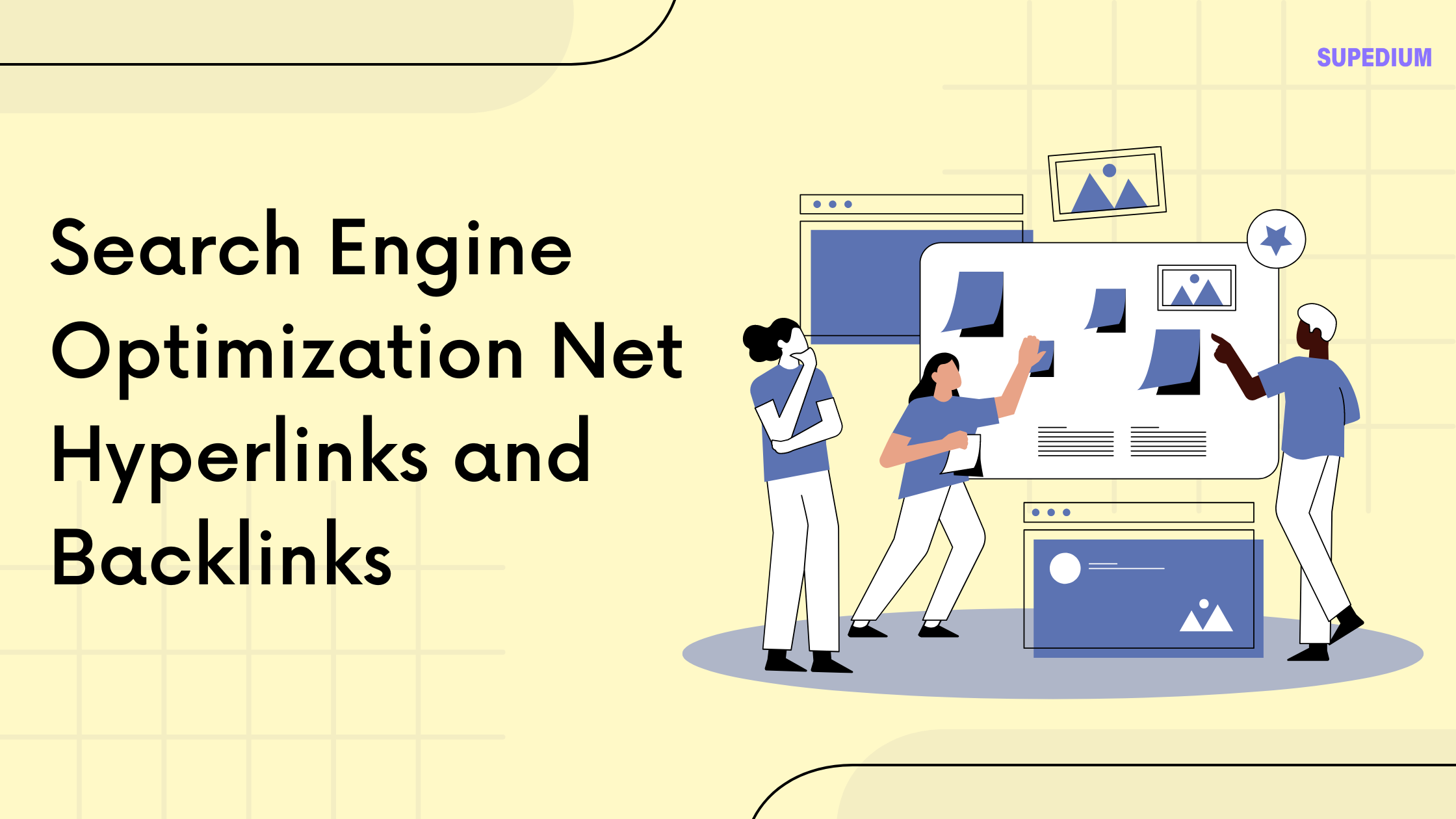Table of Contents
![]()
Introduction
In recent years, the worlds of cryptocurrency and art have increasingly intersected, creating new opportunities and challenges for artists, collectors, and investors. Cryptocurrency, defined as a digital or virtual currency that uses cryptography for security and operates on decentralized blockchain technology, is reshaping various industries. Art, with its broad spectrum encompassing visual, performance, and literary forms, is no exception. This article explores how cryptocurrency is influencing art transactions, the rise of digital art and NFTs, and the broader implications for art ownership and market dynamics.
The Role of Cryptocurrency in Art Transactions
Buying and Selling Art with Cryptocurrency
Cryptocurrency is transforming the way art is bought and sold. Traditionally, art transactions involved lengthy processes, significant paperwork, and substantial fees. Cryptocurrency offers a streamlined alternative, enabling faster transactions and reducing intermediaries. Platforms like SuperRare and Nifty Gateway facilitate art sales using cryptocurrencies such as Bitcoin and Ethereum, broadening the market’s accessibility and appeal. This shift not only accelerates transactions but also opens doors to a global audience, making it easier for artists to reach international buyers without the constraints of traditional banking systems.
Smart Contracts in Art Transactions
Smart contracts, self-executing contracts with the terms of the agreement directly written into code, are another innovation brought by blockchain technology. In art transactions, smart contracts can automate payments, enforce royalties, and manage ownership transfers. For example, a smart contract can ensure that an artist receives a percentage of future resale profits, a feature not commonly available in traditional art sales. This automation reduces administrative costs and minimizes the risk of disputes, creating a more efficient and transparent marketplace.
Art Investment and Cryptocurrency
Cryptocurrency also presents new opportunities for art investment. Platforms like CurioInvest allow investors to use cryptocurrency to invest in high-value artworks. This development offers a way to diversify investment portfolios and participate in the art market without the need for significant upfront capital. However, investing in art through cryptocurrency comes with its own set of risks, including market volatility and the speculative nature of digital assets.
Digital Art and NFTs (Non-Fungible Tokens)
Definition and Mechanics of NFTs
Non-Fungible Tokens (NFTs) are digital assets that represent ownership of a unique item or piece of content, typically stored on a blockchain. Unlike cryptocurrencies such as Bitcoin, which are interchangeable, NFTs are unique and cannot be replicated. This uniqueness makes them ideal for representing ownership of digital art, music, videos, and other creative works. NFTs have gained significant attention for their role in the art world, allowing artists to create, sell, and monetize digital artworks in ways previously impossible.
The Rise of Digital Art and NFTs
The advent of NFTs has revolutionized the digital art market. High-profile sales, such as Beeple’s “Everydays: The First 5000 Days” auctioned for $69 million, highlight the enormous potential and interest in digital art. NFTs provide a way for digital artists to gain recognition and financial reward, often circumventing traditional art institutions and galleries. This democratization of the art market allows for greater diversity and innovation in artistic expression.
Impact on Traditional Art Markets
The rise of NFTs challenges traditional art markets by altering perceptions of art ownership and authenticity. Digital art and NFTs offer a new model of art provenance and verification, but they also raise questions about the value and permanence of digital works. Traditional galleries and museums are adapting to this new landscape by incorporating digital art into their collections and exploring how they can engage with the NFT space.
The Intersection of Blockchain and Art Ownership
Provenance and Authentication
Blockchain technology enhances art provenance and authentication by providing a secure, immutable record of ownership and transaction history. This capability helps reduce art fraud and forgery, as each artwork’s provenance can be easily verified through its blockchain record. By ensuring the authenticity and ownership of artworks, blockchain technology helps maintain the integrity of the art market and builds trust among buyers and sellers.
Decentralized Autonomous Organizations (DAOs) in Art
Decentralized Autonomous Organizations (DAOs) are blockchain-based entities that operate through smart contracts and collective decision-making. In the art world, DAOs are emerging as a way to curate and fund art projects. For example, DAOs can pool resources from multiple contributors to purchase and exhibit artworks, or to support emerging artists. This collective approach democratizes art curation and funding, allowing a broader range of voices and perspectives to shape the art landscape.
Art Fractionalization
Fractional ownership of art through blockchain technology allows multiple individuals to share ownership of high-value artworks. Platforms like Masterworks and Myco offer fractional ownership opportunities, making it possible for investors to purchase shares in expensive artworks. This model not only makes art investment more accessible but also enables a more liquid market for high-value pieces.
Ethical and Legal Considerations
Intellectual Property and Copyright Issues
The digital nature of NFTs and blockchain art raises important intellectual property and copyright concerns. Issues related to the reproduction and distribution of digital artworks, as well as the rights of original creators, must be carefully managed. Artists and collectors need to navigate the complexities of copyright law and digital rights to ensure fair compensation and protection of intellectual property.
Environmental Impact
The environmental impact of blockchain technology, particularly the energy consumption associated with cryptocurrency mining and NFT transactions, is a significant concern. Efforts are underway to address these issues through the adoption of more sustainable practices, such as using energy-efficient blockchain protocols and offsetting carbon emissions. The art community, alongside the tech industry, is increasingly aware of the need for environmentally responsible approaches.
Regulatory Challenges
As cryptocurrency and blockchain technology continue to evolve, so do the regulatory frameworks governing their use. Different countries have varying approaches to regulating cryptocurrency and digital art, leading to a complex legal landscape. Artists, collectors, and investors must stay informed about emerging regulations and their implications to ensure compliance and protect their interests.
Case Studies and Examples
Successful NFT Art Sales
High-profile NFT art sales demonstrate the transformative potential of digital art. For example, Beeple’s record-breaking NFT sale exemplifies the significant financial and cultural impact that NFTs can have. Other notable sales, such as those by artists like Pak and Mad Dog Jones, further illustrate the growing influence of NFTs in the art market.
Art Institutions Embracing Cryptocurrency
Several art institutions are embracing cryptocurrency and blockchain technology. Museums and galleries are experimenting with accepting cryptocurrency for art purchases and exploring how NFTs can be integrated into their collections. Collaborative projects between artists and tech companies are also pushing the boundaries of traditional art institutions.
Future Trends and Developments
Innovations in Digital Art and Cryptocurrency
The future of cryptocurrency and art promises continued innovation. Emerging technologies, such as augmented reality (AR) and virtual reality (VR), are expected to further enhance the digital art experience. As blockchain technology advances, new opportunities for creating, selling, and experiencing art will continue to evolve.
Long-Term Impact on the Art World
The long-term impact of cryptocurrency on the art world includes changes in art valuation, market dynamics, and the roles of artists and collectors. The integration of digital assets and blockchain technology is likely to reshape the art market, offering new ways to engage with and appreciate art.
Conclusion
The intersection of cryptocurrency and art is a dynamic and rapidly evolving field. From transforming art transactions to creating new opportunities for digital artists, cryptocurrency is reshaping how art is bought, sold, and valued. As technology continues to advance, the art world will likely see further innovations and challenges, offering exciting possibilities for the future of art and digital currency.
Share This





Be the first to comment